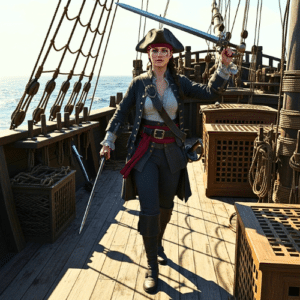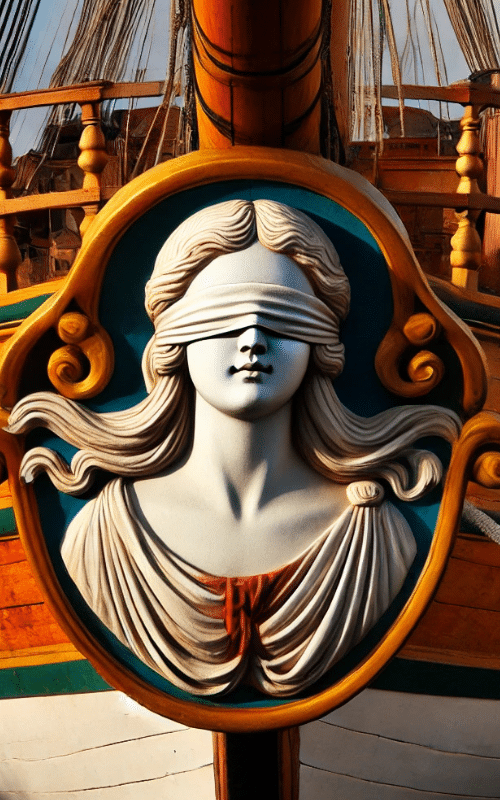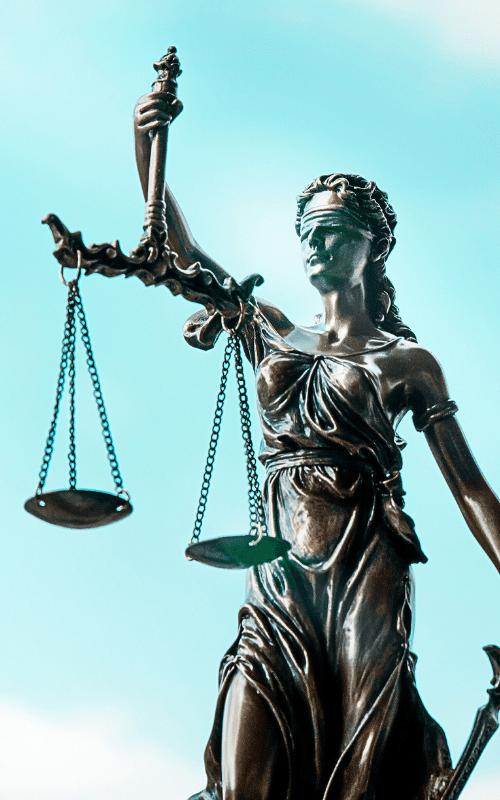The History of Female Sailors
From Banned and Blindfolded to Pirates and Rebels
Uncover the myths that kept sailor women off the seas — and meet the fearless female sailors who defied superstition, led fleets, and rewrote history.
The sea has always been a symbol of chaos, mystery, and danger. And women? We’ve been cast in the same light.
Throughout history, powerful women were framed as sirens, witches, or temptresses – beings whose presence could unravel the order of things. And so, when women wanted to sail, explore, or command? The story flipped: women are bad luck on ships.

Sailors lived in tight, all-male quarters for months at sea. The ship’s hierarchy was rigid and brutal. Anything, or anyone, who disrupted that system was labeled a threat. And women, with their mystery, power, and potential to question the rules, were seen as too dangerous to include.
By barring women from ships:
- Men kept power, hierarchy, and narrative firmly in their hands.
- Fear of feminine mystery became a justification for exclusion.
- Women were turned into symbols instead of participants.
When women did appear, they had to sneak aboard in disguise, or serve as objects (like prostitutes in port), but never peers. The irony? Ships themselves were called “she.” Sailors sang to them, worshiped them, feared their wrath, but God forbid a real woman be part of the crew.
Ready to Awaken Your Own Wild?
The stories of these defiant women aren’t just history—they’re a call to action. If you feel the echo of their rebellion in your own soul, it’s time to chart your own course. I’ve created a free, downloadable guide just for this: “The Sea Inside You: 8 Prompts to Awaken Your Wild.”
This isn’t just a journal; it’s a captain’s log for your own life. Inside, you’ll find 8 powerful prompts designed to help you:
- Burn the “old scripts” holding you back.
- Trust your inner compass over outside noise.
- Reclaim the parts of you that have been called “too much.”
- Become the commander of your own voyage.
It’s time to raise your sails. Download your free journal and let’s begin.
Download The Sea Inside You Journal below and start your voyage.
From Eve to the Sea – The Ancient Fear of Female Power
Long before the age of sail, mythology laid the groundwork. Pandora opened the box. Result? All the world’s suffering. Sirens lured sailors to their deaths with beauty and song. Curious women = danger. Powerful women = punishment.
In the origin myth told for thousands of years, Eve was the one who reached for knowledge. She questioned the rules, made her own choice, and disrupted paradise. And for that, she was blamed — not just for one mistake, but for all of humanity’s downfall. The message was clear: when a woman thinks for herself, the world breaks.
That idea didn’t stay in Eden. It got woven into the fabric of religion, law, medicine, and eventually… the sea.
Blindfolded Figureheads – Mysticism and Maritime Control
Picture the prow of a ship cutting through a stormy sea, and at its tip, a carved woman, bare-breasted and blindfolded.
The ship’s figurehead was believed to be the spirit of the vessel. Her presence would watch over the crew, appease the sea gods, guide the ship safely through storms, and “see” what lay ahead, acting as the ship’s third eye.
Why was she there? And why couldn’t she see?
The Female Form Was Said to Calm the Sea
In maritime superstition, the ocean was often seen as feminine, wild, emotional, and unpredictable. So what better to tame her than herself? A naked or partially nude female figurehead was believed to “shame” the stormy seas into calmness.
Ironically, real women were seen as too chaotic to join the voyage, but a wooden woman, permanently beautiful and voiceless? That was just right.
The Symbolism of the Blindfold
In ancient mythology, blindfolds have long represented:
- Intuition over sight (seeing with the “inner eye”)
- Justice without bias (like Lady Justice)
- Faith and surrender to fate, the gods, or destiny
In the case of ship figureheads, the blindfold may have been symbolic of trusting the sea, or guiding by spiritual sense rather than sight, a kind of divine navigation. The idea? She didn’t need to see with mortal eyes because she had a deeper knowing.
Blog Reads:
→ 10 Famous Women Seafarers, Pirates & Sailors Who Made History
→ Grace O’Malley – The Pirate Queen Who Ruled the Irish Seas
→ The Pirate Queen Zheng Yi Sao Who Conquered The China Sea
→ Famous Women Pirates – Cross-Dressing and Sword Weilding Sailing Over The Seven Seas
→ Love and Longing: The Sea’s Eternal Role in Shaping Romance and Traditions
Want to go boating? Book a Luxury Yacht Charter, join our Boating Club, or take Private Lessons. Looking to transform your stress and burnout on the water? Join one of our Day Retreats.. We offer women-only days and mixed groups.
If you want a truly customized and supportive learning experience, take our Private Women’s Boating Course taught by experienced women instructors.
.





